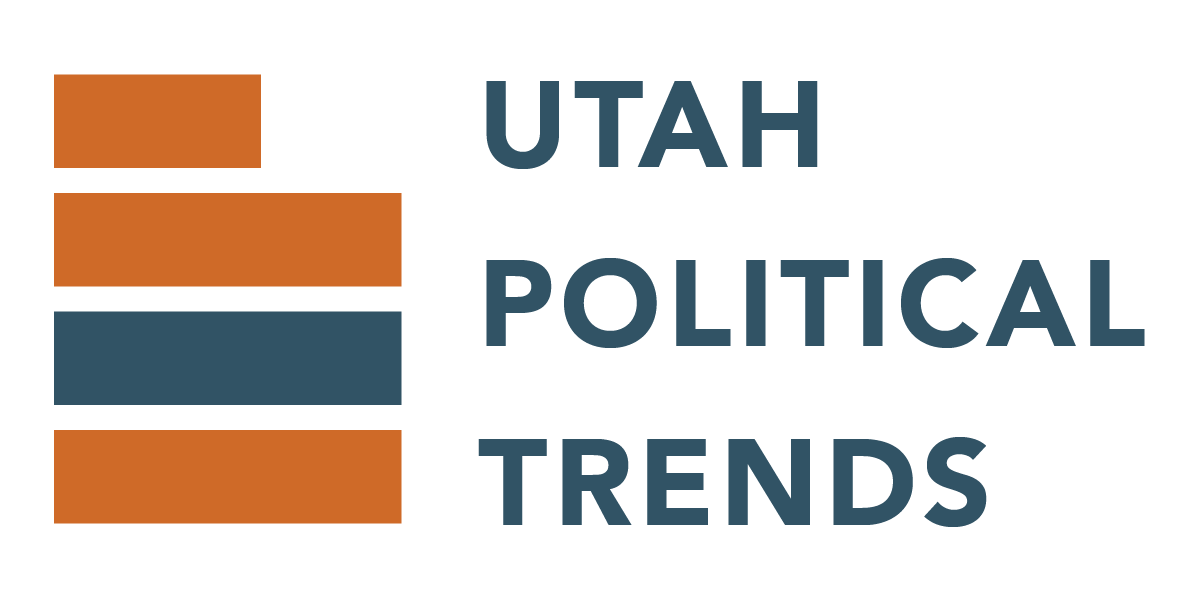Literature Review and Current Practices:
Here, we briefly discuss the research and evidence that supports the case for weighting by education. We also discuss why, historically, we have not weighted by education before transitioning into the next section where we discuss our analysis of the efficacy of using an education parameter in our weighting.
Simply put, weighting is the practice of applying more, or less analytical importance (“weight”) to certain groups of respondents in a sample. This is done to coerce the results from that sample to more closely resemble the results we would expect to see in surveys of the population as a whole. As one might expect, there are methodological problems with simply emailing out surveys to people across a state and then analyzing those results. The extra step of weighting is necessary to bring the results of that less than random sample closer to a representative sample of the population.
Weighting is not a perfect solution to all the methodological problems of online surveys. The problems we discussed above still persist. What state polls can do and what many are doing to make their polling more robust is weighting by education, or coercing their data to more closely resemble the distribution of educational attainment among the populations they are trying to describe. The importance of this practice has become clear as educational attainment has been seen to have a significant impact on vote choice. Specifically, peoples’ partisan divides have become starkly stratified along lines of educational attainment. Voters with less educational attainment were generally more likely to vote for President Trump in 2016, for instance. Thus, pollsters who don’t weight by education risk underestimating the support for President Trump and other conservative candidates.
Historically, we have not weighted by education because we presumed that our typical weighting scheme captures most of the significant heterogeneity of voters in Utah elections. As do most other pollsters, we weight our results by age, sex, and party registration, but we additionally weight our polls by turnout groups. Because we weight to a scenario where voters of all kinds of turnout likelihood actually come to vote, we thought we had captured the heterogeneity of education that exists in the Utah electorate, educational attainment being correlated with turnout likelihood.
